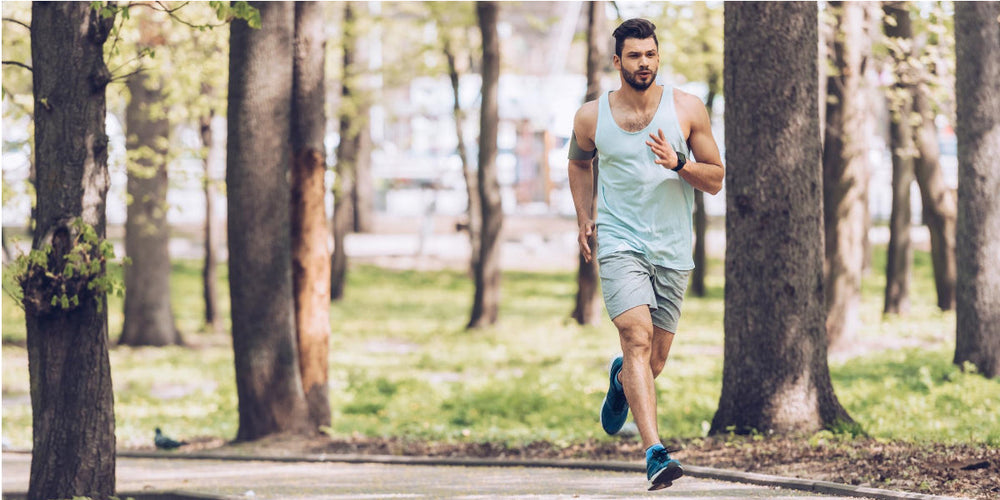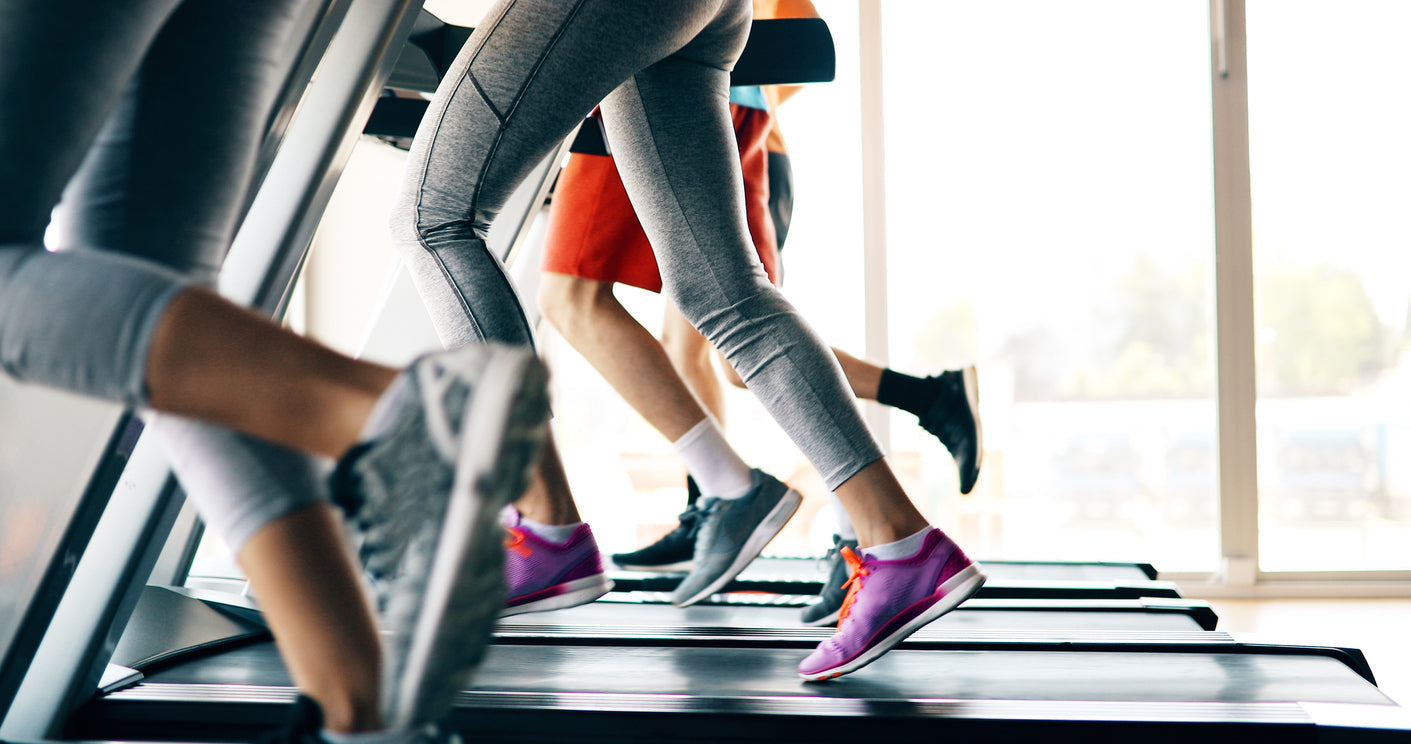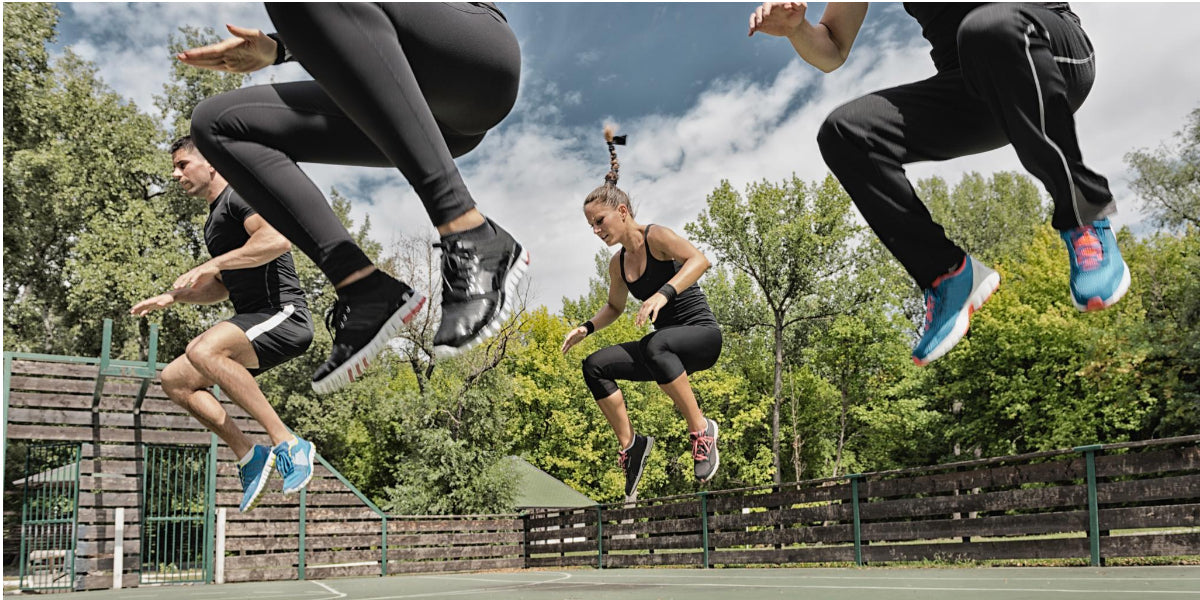4 Reasons To Get A Deep Tissue Massage If You’re a Runner

Stay tuned to our latest news
Running is a popular form of exercise among people who want to lose weight, improve their fitness levels, or enjoy the adrenaline rush. Some runners, however, may suffer from muscle soreness and minor aches in their legs, knees and back, especially after a long, hard run.
If you’re one of them, a deep tissue massage may just be the solution for you. Read on to learn more about deep tissue massage and how it can help improve your performance and aid in your post-workout recovery, whether you’re a novice runner or a long-time, experienced running enthusiast.
What is Deep Tissue Massage
But first let’s define what a deep tissue massage is. A deep tissue massage is called as such because this type of massage is designed to reach the deeper layers of muscles and fascia, or connective tissue. The National University of Health Sciences explains that a deep tissue massage therapy involves firm pressure and deliberate, slow strokes to target chronic tension in muscles that lie far below the body's surface.
Unlike a conventional massage that is mainly offered for optimum relaxation, a deep tissue massage, the university says, is more of addressing specific problems like chronic pain, limited mobility, and recovery from injuries. As runners, you may also benefit from it.
During a deep tissue massage, massage therapists will typically use their hands, fingers, elbows, forearms, or specialized tools to apply pressure to the muscles– taking care to work around your pain tolerance for proper pressure adjustment.
Depending on your needs, the therapist may even incorporate stretching techniques and joint movements to further alleviate tension. After the massage, you may experience some temporary discomfort or soreness, especially in particularly tight or sensitive areas, that may last 24-36 hours.
Coach Jeff of RunnnersConnect writes in his column that it is ok if your legs “feel a little dead” a day after a hard massage. As it takes time to recover after a hard massage, he says it is vital to “schedule at least one easy day between a hard massage and a hard workout.”
Having said that, it is important to remember as well that it doesn’t have to hurt during the massage to know that it is effective as Coach Jeff notes. He points out that, in such a case, your massage therapist may be applying too much pressure, in which case you may ask to adjust to ensure your comfort.
As to when’s the best time to get a massage for runners, regardless of types of massage, he recommends “either in the evening after a hard workout or the next morning.”
How a Deep Tissue Massage Can Help You Run Better
Deep tissue massage can provide several benefits for runners, including improved performance and overall well-being. By targeting specific muscles, releasing tension, and promoting recovery, a deep tissue massage can play a vital role in optimizing your running routine.
According to Coach Jeff, deep tissue massage is the preferred massage among runners during their hard training to help address the usual tight spots and interconnected issues that many of them often experience.
But even if you’re not a professional athlete and just starting or sustaining your fitness journey through running, you may still find that incorporating it into your routine might be highly advantageous.
1. Enhanced Flexibility and Range of Motion

A deep tissue massage may help improve your mobility, flexibility and the range of motion in muscles and joints for better running form, more optimized stride length, and reduced injury risks. According to a 2020 study, it not only increases your range of motion but also relaxes your tight body parts.
2. Reduced DOMS symptoms for a Fast Recovery Process
Delayed Onset Muscle Soreness (DOMS) is a common condition characterized by muscle stiffness and tenderness that typically occurs 24 to 72 hours after an intense exercise or a new physical activity. High-intensity activities may lead to DOMs, including running downhill that causes your quads to tense up or running longer than usual. DOMS could limit your movement because of muscle stiffness.
Deep tissue massage can help relieve this muscle stiffness, loosen tight muscles, and maintain flexibility that may avoid further exacerbation of your DOMS symptoms.
3. Increased Blood Flow to your Muscle Tissue
A deep tissue massage may promote blood circulation to the muscles, which helps increase oxygen and nutrient supply vital to your post-workout recovery process. An increased supply of oxygen to the working muscles is especially important during distance running.
Physiologist Jason Karp explains that, for you to sustain running at a faster pace, “the supply of oxygen to the working muscles and to the heart itself must be equal to or greater than the oxygen demand.”
By enhancing circulation, deep tissue massage can help meet the demand as well as alleviate the severity and duration of DOMS.
4. Mental Relaxation and Stress Relief

Running can be physically demanding, but it also has mental and emotional aspects. Deep tissue massage not only provides physical benefits but also offers a calming and stress-relieving experience by promoting relaxation, reducing tension, and lowering cortisol levels.
A deep tissue massage can help runners manage stress levels, improve sleep quality, and maintain a positive mindset while doing their running routine.
How Can a Massage Gun Help?

A portable and rechargeable massage gun can be used as a tool to perform a form of deep tissue massage. While a massage therapist traditionally performs a traditional deep tissue massage using their hands and body weight, a massage gun may serve as an alternative as it is designed to deliver a similar effect through vibrations and percussions for pain relief and muscle relaxation.
The intense vibrations and rapid percussion delivered by the handheld massage gun are made to penetrate deep into the muscles to reach the underlying layers and target specific areas of tension or discomfort. This can help in breaking down muscle adhesions, releasing tightness and promoting muscle relaxation.
The powerful massage guns usually come with different massage heads that can be interchanged based on the desired intensity and targeted area. These massage gun heads allow for more focused pressure and can effectively address knots and trigger points even in hard-to-reach areas.
The pressure and speed should be adjusted according to personal comfort and tolerance, as excessive or improper use of a massage gun can potentially cause discomfort or injury.
Using a handheld massager for deep tissue massage offers some advantages. It allows for self-administered massage, providing individuals with the ability to target specific muscle groups or problem areas at their convenience. The percussive action of the massage gun is designed to increase blood flow, promote muscle recovery, and alleviate muscle soreness after intense workouts or physical activity, such as running.
Using percussion massage guns has become part of the workout recovery of some elite athletes or professional athletes, including runners, for improved athletics performance and a quick fitness recovery. Running enthusiasts may also use the handheld massager as part of their recovery protocol and training for their sore or tight muscle.
Conclusion
Ultimately, it’s up to you to see if a deep tissue massage using a percussive massage gun is the right step for you to speed up your recovery, enhance your running experience, and unlock your full potential. If necessary, consult your doctor before using a massage gun.
Check out how our Massage Guns can help enhance your running workout.Renpho Health Tips
-

Faster and Stronger: 5 Exercises to Improve Your Running
May 14, 2023
Read more >
-

Is Treadmill Running A Better Choice Than Outdoor Running?
September 1, 2022
Read more >
-

6 Walking Workouts to Reduce Stress: Steps and Tips
April 9, 2023
Read more >
-

5 Exercises to Prepare Your Feet for Hiking
May 7, 2023
Read more >
-

5 Lower Body Exercises to Add to Your Outdoor Circuit Training
March 19, 2023
Read more >






